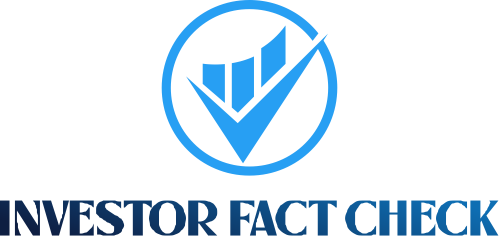David Materazzi is the CEO of Galileo FX.
Independent investors often use the terms “algorithmic trading” and “AI trading” interchangeably, but the two are actually completely different. One isn’t better than the other—in the same way that an SUV isn’t objectively superior to a sports car. The type of vehicle you need depends on your lifestyle. And how you choose to implement algorithmic or AI trading tools depends on your individual investing goals.
Algorithmic trading is not a new concept. Financial institutions have been using algorithms for decades to make decisions more efficiently—and, more recently, retail traders have had more opportunities to leverage algorithms in their own investing strategies.
Algorithmic trading is a rule-based system where humans set the parameters in advance. It merges automation with human decision making and analysis. You instruct the algorithm to take actions based on specific triggers, including market indicators and mathematical formulas. For example: “When X happens in the market, then do Y.”
You provide around 20% of the strategy and oversight, while the algorithm does the other 80% of the execution. The important thing is that you are always in charge. You make the rules. You know why the algorithm took a certain action, and you can monitor, adjust and stop it at any time.
AI trading, on the other hand, is a self-learning system that makes decisions based on past data. If an algorithm does around 80% of the work in a trade, then an AI system does closer to 99%. AI learns from past successes and failures, but the future is uncertain. External factors, such as tariffs, geopolitical crises and natural disasters, can change the market in an instant.
The fundamental difference between algorithmic and AI trading is control. With algorithmic trading, you maintain control. You can be adaptable and adjust your trading approach to dynamic conditions. With AI trading, you cede control. AI learns and develops its own patterns independently. If AI is in the driver’s seat, you don’t know how it will react in an unpredictable situation. It may open or close a specific trade without you knowing why it took that particular action.
AI is still largely unproven at an institutional level because of its unpredictability. This doesn’t mean it lacks utility or potential. AI simply doesn’t have the decades-long track record of algorithmic trading, and I believe many people are overestimating its current capabilities.
In 10 or 20 years, we may have incredible AI investing products that live up to their hype. But we’re not there yet. Influencers are selling a fantasy that AI will magically make you money without any effort on your part. This is one of the biggest misconceptions that I see within my company’s client base. People often don’t understand that automated trading software isn’t the same as AI operating on its own; it still depends on human strategy and analysis.
Managing Risk And Making Informed Decisions
There is no such thing as a risk-free investment. Risk is universal in the market. Even the “safer” investments, such as treasury bonds or real estate, have variables that make them risky in some conditions. You could make a lot of money on a real estate investment—or you could lose a lot of money on that same investment at a different time. There are no guarantees.
Being an independent trader means you have to learn to manage your risk and make informed decisions—aiming to minimize your losses and make small, steady gains.
I want investors to be aware of three main risks in AI trading:
1. Model quality: AI software varies widely. One trading tool may be trained on more diverse data sets or be programmed with more nuance than another.
2. Market risk: An unforeseen event, such as a pandemic or a tariff war, could throw the market into a tailspin tomorrow. Humans can talk to experts, analyze data and try to understand what will happen next. AI is a wild card. We don’t know how AI will react in unpredictable circumstances.
3. Technical risk: Many of the most advanced AI tools available don’t offer transparency into how AI trains data or makes decisions. If you set rules for an algorithm, however, you decide how it will react in specific situations. You can build testing and quality assurance into the development process to fix errors and make improvements.
Understand the product you are buying and the promises it is making before you put any real money on the line. What can you do with algorithm trading right now? How much oversight and effort will it require from you to get the results you want? What is AI trading capable of right now? Are your expectations aligned with reality?
You may decide that you have $5,000 you want to test in AI trading, and you’re comfortable with the risks associated with it. That’s fine. As long as you go in with eyes wide open, go for it.
I often tell investors: If you want to gamble, go to Las Vegas. At least if you lose money there, you can enjoy the lights and sights and sounds along the way. But why gamble with AI trading software? Where’s the fun in watching your investment drop to zero by yourself in front of your computer? Be skeptical of any product that seems like a lot of smoke and mirrors. Take your time, do your due diligence and make responsible, step-by-step decisions that serve your individual investing goals.
Forbes Finance Council is an invitation-only organization for executives in successful accounting, financial planning and wealth management firms. Do I qualify?






